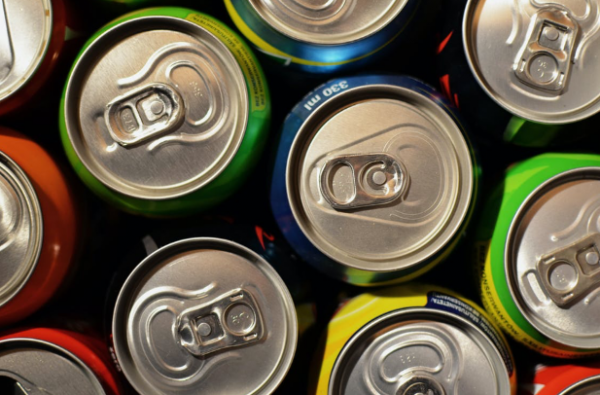History of Energy Drinks
For centuries, people have been using new and innovative ways to maintain their energy levels. But energy drinks are doing a wonderful job in the area today. There are several reasons why one may need to drink an energy drink.
Getting a quick boost of energy from these drinks can increase alertness and concentration and reduce sleepiness. This is essential on nights when you need to work extra hours or drive long distances. Some people also prefer to consume energy drinks before and after workouts. Pre-workout energy drinks can boost workout performance, while post-workout beverages help with workout recovery.
Caffeine is a major energy-boosting component in energy drinks, along with other ingredients like herbal derivatives, riboflavin, taurine, and pyridoxine. While all ingredients play a vital role, it is the caffeine that actually makes energy drinks so effective.
Today, the energy drink sector is growing at the fastest rate in the beverage industry compared to competition. But the energy drinks we know today are not the same as how they were originally. Let’s explore how these boosters evolved over the years after their humble beginnings in Japan.
How it All Began
It is hard to establish a historical chronology of these beverages due to the difficulty of categorization of energy drinks. However, energy drinks truly came into existence when an English chemist in Newcastle created them in 1927.
He experimented for several years to find different energizing recipes for people suffering from common illnesses, such as fever or influence, eventually reaching to formulate Glucozade, renamed Lucozade in 1929.
Lucozade was marketed as a drug in 1983 by the advertising agency Ogilvy Mather. He took in a commercial sports drink and a Key energy drink. Then, they were introduced to the market in the 1980s as the first non-alcoholic beverage with high caffeine content, Jolt Cola.
The First Energy Drink
In the late 1950s, Japan ordered laws for curbing the use of amphetamine nationwide. This left a huge void in the industry, to fill which the ‘Taisho’ company came forth with an herbal energizing tonic in 1962. This energizing tonic called the Lipoyitan was similar to cough syrups in smell and taste.
Taurine was the main energy-boosting ingredient in the energizing tonic. While many people believe that taurine is a product of bull urine or sperm, it is nothing but a myth. In fact, taurine is an amino acid that contains sulfur. Not to mention, this compound also carries some amazing antioxidant properties.
Even today, taurine is one of the key ingredients in most energy drinks, including Red Bull. Speaking of which, a Pharmacist in Thailand invented this popular energizing drink in 1976. Initially, it was called the Krating Daeng, which translates to ‘Red Guar’ or ‘Red Bull.’
But it wasn’t until 1984, when an Austrian marketing executive reached out to the inventor of Red Bull for a partnership, that it began gaining success.
Energy drinks were everywhere by the beginning of the 2000s when more and more brands began to invent different energy drinks. Fast forward to 2022, and FITAID has revolutionized the energy drink market.
FITAID ENERGY
Coming to you with 200mg of clean caffeine from green tea. The FITAID Energy + Sports Recovery blend is naturally sweetened with only 15 calories, no sucralose, no aspartame, and no fillers. Available in four electric flavors: Mango Sorbet, Peach Mandarin, Blackberry Pineapple, Raspberry Hibiscus, FITAID healthy energy drinks contain no artificial flavors or colors. Head over to www.lifeaidbevco.com and get yours!


